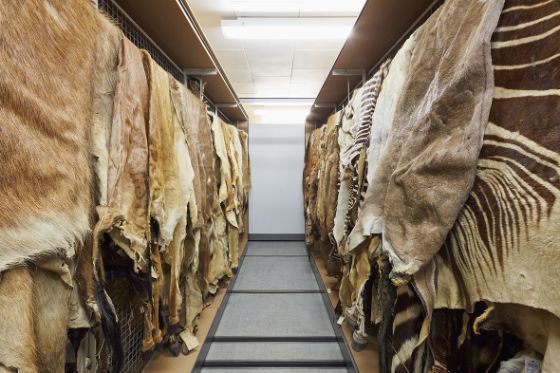
MICROPALAEONTOLOGICAL COLLECTIONS
The micropalaeontological collections of the Natural History Museum Basel cover almost exclusively marine microfossils from the Mesozoic and Cenozoic eras. Most emphasis is given on research collections of benthic and planktonic foraminifera. There are, however, also collections on calcareous nannoplankton, radiolaria, diatoms, ostracods and the remains of echinoderms (starfish, brittle stars, sea urchins, sea cucumbers and sea lilies).
The tests of microfossils consist of calcium carbonate or biogenic silica secreted by these single-celled organisms. They are indispensable for determining the age of sedimentary rock and when searching for oil, gas and other natural resources. In addition, they record important information about the climate of the past.
A special focus is on our type and specimen collections, which form the reference to published studies by numerous national and international researchers. The provenience of the collected materials is from all over the world, particularly from areas such as Europe, North Africa, the Near East, Central America, the Caribbean, the Indonesian archipelago and the Indian ocean. Since the end of the 19th century to the present day, many researchers have donated their collections to the Natural History Museum Basel. Prominent examples include August Tobler, Hans Schaub, Manfred Reichel, Hans G. Kugler, Jean-Pierre Beckmann, Alfred Senn, Hans Bolli and Lukas Hottinger.
Alongside the extensive collection, the Natural History Museum Basel also runs the western European reference centre for micropalaeontology. It belongs to the 15 organisations worldwide dedicated to preserving scientific micropalaeontological reference materials, which were raised by the Integrated Ocean Discovery Programme.
More detailed information about the content of the micropalaeontology collections at the Natural History Museum Basel can be found at
micropal-basel.unibas.ch/Colls_NMB/MPCOLNMB.HTML
